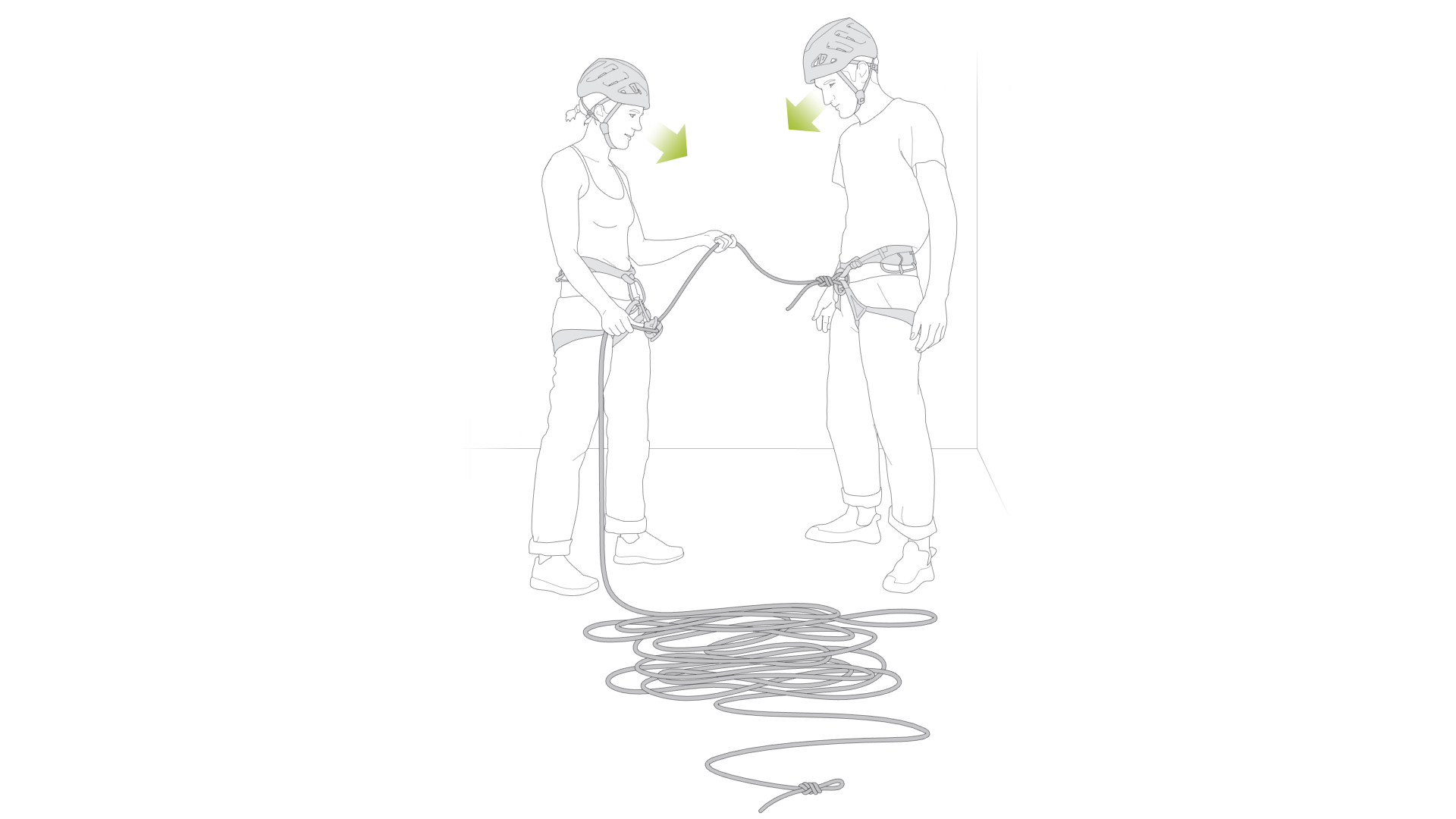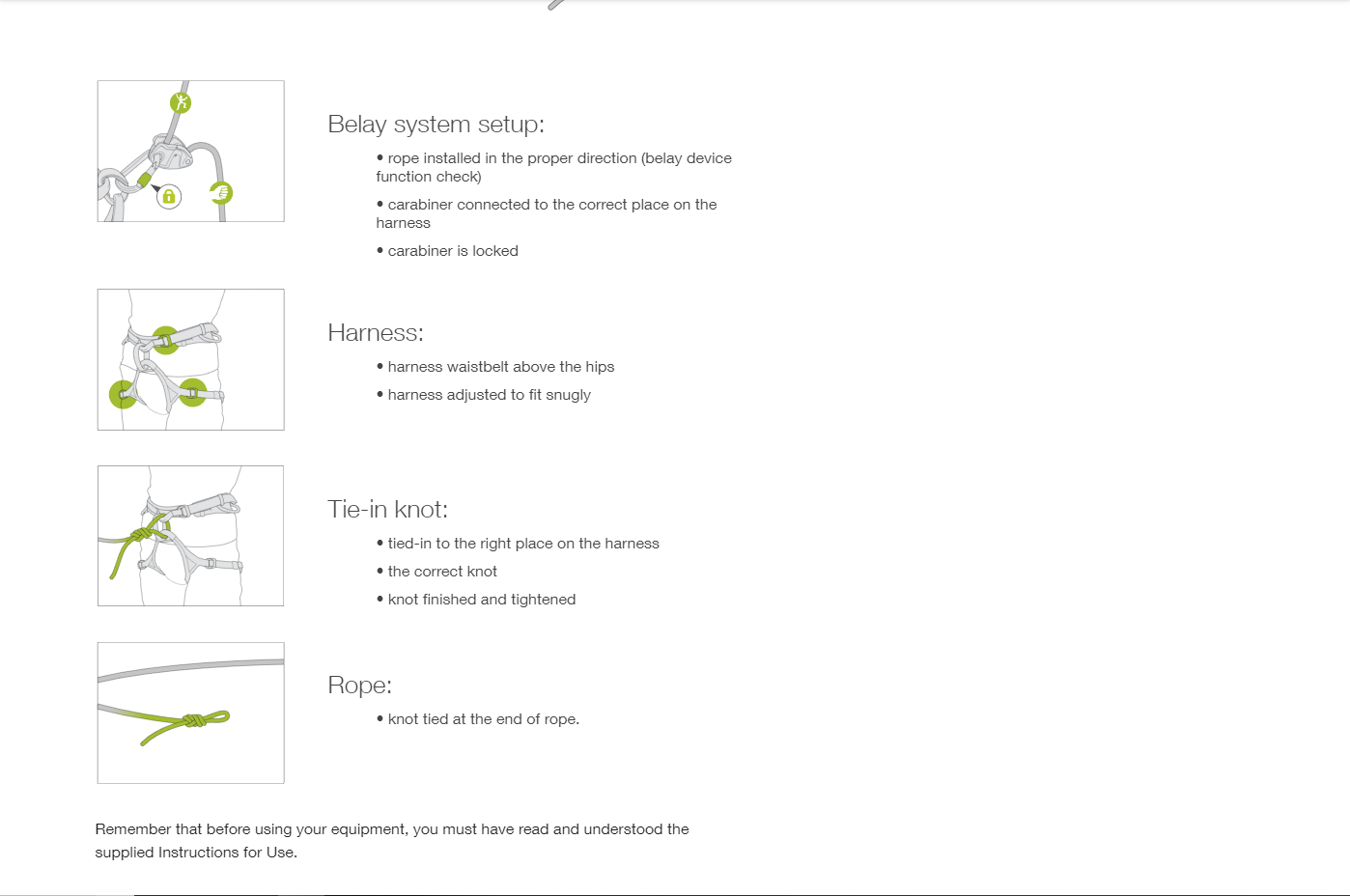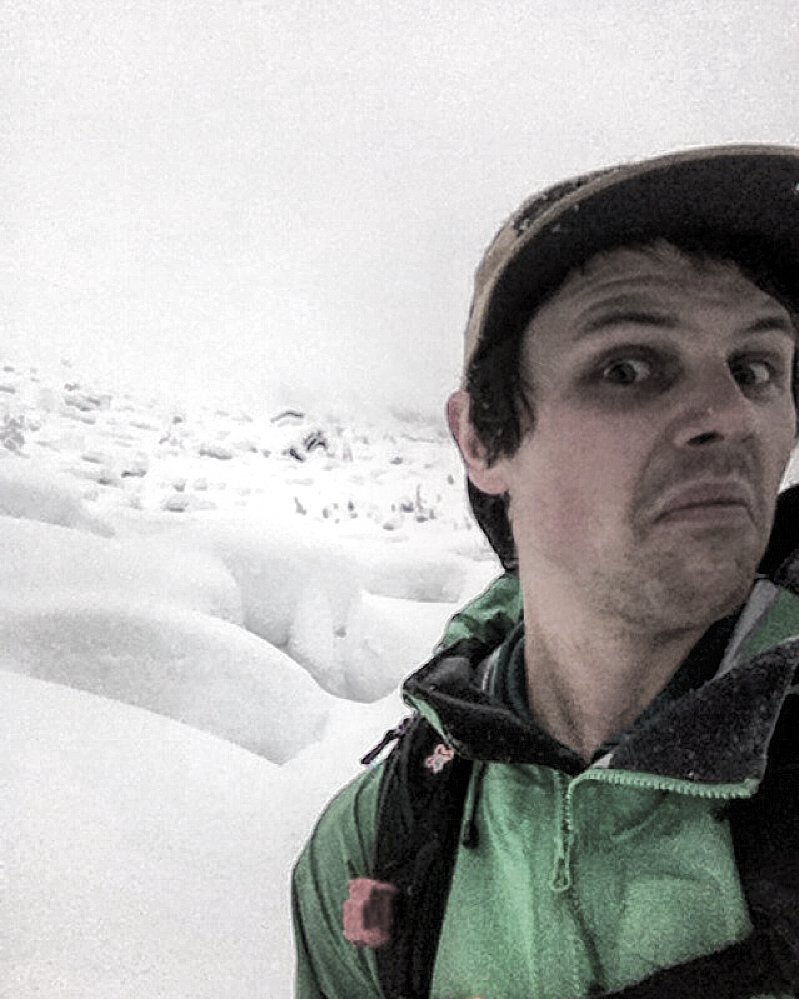The Partner Check

Climbing is one of those funny sports. The general public has a perception that climbing is a dangerous activity and that we risk life and limb every time we tie in. New articles of injuries or fatalities often grace new article headlines further feeding the perception that climbing is for those with a death wish. In reality, climbing can be extremely safe when done correctly and when an accident does take place it's usually an error in rigging or communication. The other day at the crag I watched a climber nearing the top of a route and his belayer had the device improperly rigged and their rope had a knot in it. A real head shaker of a situation. Luckily we noticed and were able to assist. No partner check was done, obviously.
Recently a climber in Squamish was lowered off the end of their rope which resulted in a serious injury. Sure, they should have checked the topo before climbing the route and they would have known their rope was too short for this climb. Alternatively closing the system with a stopper knot would have prevented this. This takes 5 seconds and is likely the most skipped over safety measure I've seen while climbing. Remember this exact scenario also happened to Alex Honold, no one is immune to complacency and in climbing, complacency equals the potential for serious accidents. This should be part of your partner check. Again a step that many of us tend to shrug off by simply asking " hey, your knots good? Yeah, you locked? ". It's lazy and just not good enough.
So what should be covered in a pre-climb partner check? Without being too wordy here are a handy photo and a quick video for those with a short attention span. Do it every time, keep your partners accountable, it's important. Climb on.
 www.Peztl.com
www.Peztl.com









